If I were to give one piece of advice for visiting Lisbon, it would be this: wear comfortable shoes. Maybe it’s just me, but the best way to discover and explore a new city is to walk. Let yourself meander through little neighborhoods on your way between attractions. Find a small cafe to sit and people watch. But wear comfortable shoes.
This is especially true in Lisbon because if you come prepared to walk, also be prepared for the hills. There are plenty.
Lisbon: A Few Quick Facts
It’s old. You probably already know that Lisbon is the capital of Portugal, but did you know that it is also one of the oldest cities in Europe? Its location on the Atlantic coast most likely made it an important early trade stop and while there are signs of fortifications dating back to the 2nd century BCE, there are indications of Iron Age settlements dating back even further. Archaeologists believe Phoenicians were here as far back as 1000 BCE.
There are a couple of theories about the name. According to legend, the name Lisbon is derived from Ulysses, the mythical Greek king, after he founded the city. Others claim the name is from an ancient Phoenician term meaning “safe harbor” although this has largely been debunked. Another theory is that the River Tagus, on which the city stands, was known as the Lisso before the Romans arrived. As with so many historical mysteries, we may never know for sure.
Its population is shrinking. Unlike many other cities, the population of Lisbon has shrunk somewhat over the last 50 years. The current population is about 567,000, down from more than 800,000 in 1960. However, the larger area surrounding the city has a population of almost 3 million and many have moved out of the city itself to this larger area.

The weather is gorgeous. OK, that obviously depends on your definition of gorgeous. Needless to say, if you’re looking for snow, Lisbon is not the place. But if you’re looking for pleasant temperatures most of the year, you could choose much worse spots. The hottest month is July with averages of 24°C (74°F) and plenty of sunshine. January, the coldest month, averages 11°C (52°F). We were there in September and enjoyed sunshine and warm temperatures. Incidentally, some of the best times to visit are September and October (after the summer crowds and heat). And while we’re on the subject of weather, my second piece of advice would be to remember a hat and sunscreen. Even with both, I was rather red by the end of each day.
UNESCO Sites in Lisbon

Sintra, a short distance from Lisbon, was designated a UNESCO World Heritage Site in 1995. There are also two sites (technically one designation) in the city. In 1983, the Monastery of the Hieronymites (Jerónimos Monastery) and the nearby Tower of Belem were both recognized.
The monastery was chosen because it “exemplifies Portuguese art at its best”. Construction began in 1502 on the orders of King D. Manuel I (aka Manuel the Fortunate). He requested that the monks there would pray both for him and for the explorers who set out from Lisbon.
He then ordered that a fortress be built nearby to protect the monastery and the port of Lisbon. The Tower of Belem is also known as the Tower of St Vincent, Vincent being the city’s patron saint. Belem further commemorates the voyages of Vasco de Gama.
Both are beautiful buildings but be warned: as popular tourist attractions these can get busy. Very busy. As in the lines for admission were stretching around the buildings by 10 when we passed by. If you plan to go inside, book tickets in advance. Otherwise, wander outside and enjoy the architecture and the ambience.
Santa Justa Lift

I mentioned Lisbon is hilly and one way the city’s planners worked around this is by building stairs. In a lot of places you can take a series of stone steps instead of the hills. It makes things a little easier.
There were also a few lifts or elevators (depending on your linguistic preference). Some have since been converted to funicular railways, others demolished. One remains.
The Santa Justa Lift, as Lisbon’s only remaining mechanical elevator, has become quite the tourist attraction. Located in the heart of the city, it takes passengers from the historic Baixa neighborhood up to the Largo do Carmo. The lift opened, to much fanfare, in 1902. For locals, this was a very welcome alternative to the steep hills. For the first five years of its life, it was steam-powered.
The iron lift is 45 m tall and rather Gothic in appearance. Passengers enter the small wooden chamber for the ride that takes just a few minutes. Since this is a popular attraction, and the number of passengers is limited (various sites claim between 20 and 29, and I honestly cannot remember the posted number from my visit), the lines can get long. And cash is the only accepted payment, if memory serves. Nevertheless, after a long day of walking, it’s a fun way to skip the hills and enjoy some views.
Changing the Guard
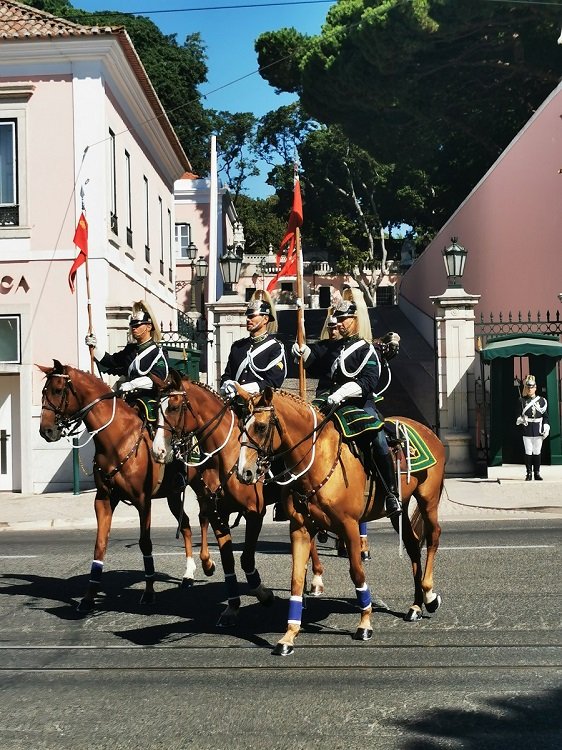
If you happen to be visiting Lisbon on the third Sunday of the month, you can catch the Changing the Guard at the National Palace of Belem.
The local tourist offices bill this as one of the most beautiful military ceremonies of its kind in the world, so it’s worth checking out.
We arrived early Sunday morning, giving us plenty of time to find a nearby cafe and enjoy some breakfast before scouting out a good spot to watch. As it happens, we were immediately facing the palace gates, allowing us to watch much of the preparation.
The ceremony begins at 11 am with a trumpet call. The National Anthem is played, and the Guards exchange their orders and the day’s code-words, and take their new places. It sounds quite simple, but there is a great deal of pomp and grandeur, involving the Palace Guards, the Martial Band, the Mounted Platoon that escorts the bearer of the code-words, the Mounted Brass Band and K-9 guards.
The entire ceremony lasts about an hour. But don’t rush off! Afterwards, make your way to the nearby Jardim Vieira Portuense to watch a free performance by the Mounted Brass Band or Charanga. It is the only military mounted band that plays at a gallop so this is a concert you’re unlikely to see anywhere else.
World’s Oldest Bookshop
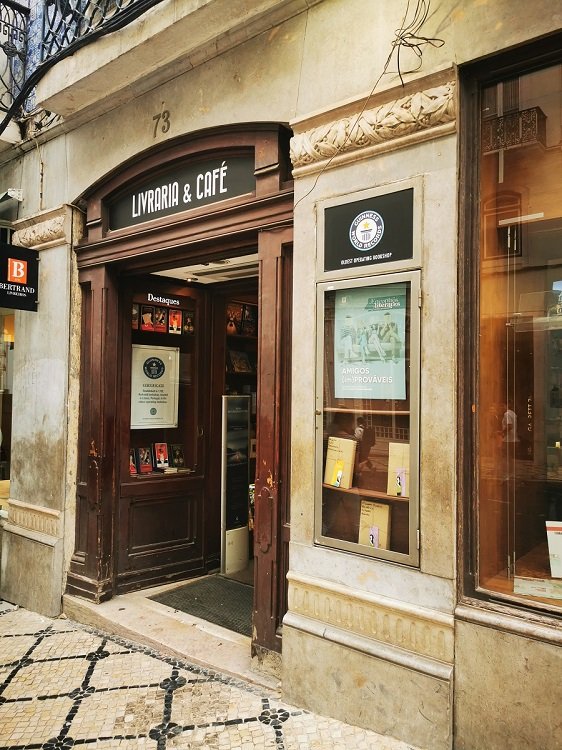
Here’s another fun fact. Lisbon is home to the world’s oldest operating bookstore. Livraria Bertrand is now a chain of more than 50 stores nationwide, but it’s the original one in the Chiado neighborhood that I was interested in visiting. It was opened in 1732 by Pedro Faure, one of several French booksellers and printers who made their way to Portugal at this time (why, I am not entirely sure). After a few years, he partnered with fellow Frenchmen the Bertrand brothers who would continue the business after Faure’s death.
There’s a lot more history involved, namely an earthquake in 1755 and a lot of family lineage. But I was here for books.
The store retains much of its original appearance. In the age of the online bookstore, it was a delight to wander from one room to another. Unsurprisingly, most of the books are in Portuguese and my knowledge of the language barely scrapes a few polite greetings. They do, however, have a small English language section. I selected a hardback copy of Rupi Kaur’s latest collection of poetry. You can’t visit the world’s oldest bookshop and not buy a book. At the cash register, they offered to stamp the inside of the book as proof of your visit. I also bought one of their canvas bags, decorated with an Edgar Allen Poe quote.
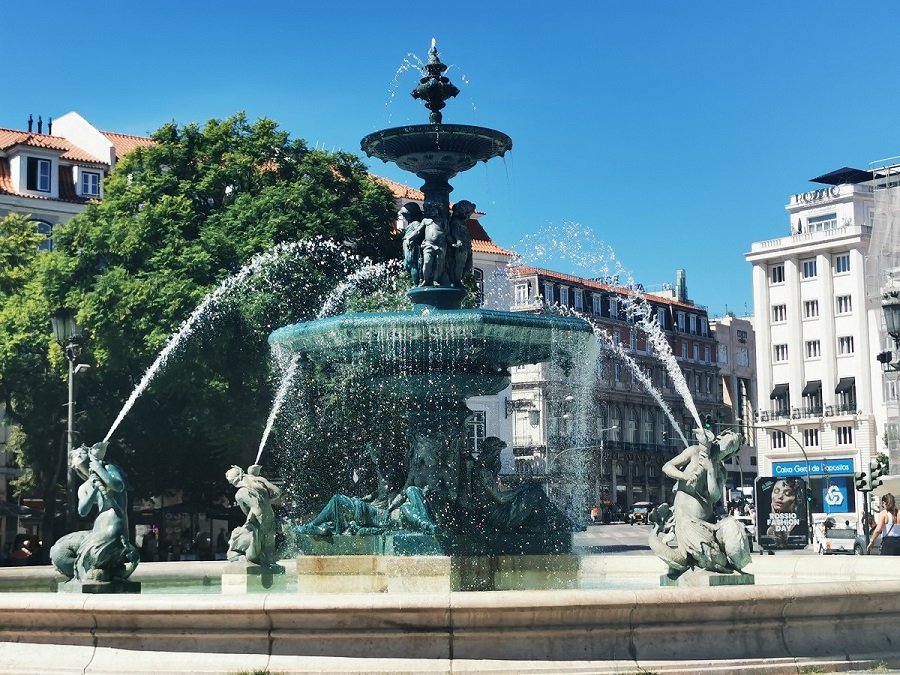
What Else to See in Lisbon.
There is much, much more to see and do in Lisbon and a subsequent post will look at some of the city’s many museums. I would caution against trying to cram too many things in, and instead encourage you to meander.
If you tire of walking, taxis, Ubers, trams, and buses are all readily available and offer a chance to sit down.

Where We Stayed in Lisbon.
During our stay in Lisbon, we stayed at the Moxy Lisbon City, a Marriott hotel that was convenient for me to wander the city and for my husband to attend his business meetings.
If you’re not familiar with the Moxy brand, be aware that it may not be the right fit for you. It’s a newer, more modern concept geared towards the younger traveler. There is no formal check-in desk. Instead you check in at the bar. The lobby doubles as a social area, cafe, meeting spot, etc. The rooms may also be different from what you are used to at other Marriott hotels. There are no closets or wardrobes. A peg board on the wall offers a few hangers for clothes. Simple but funky. As a traveler who tends to use the hotel as a place to crash each night after a long day of sightseeing, it was fine for me. But if you want your hotel room to be more spacious and somewhere to hang out, the Moxy might not be the best choice.
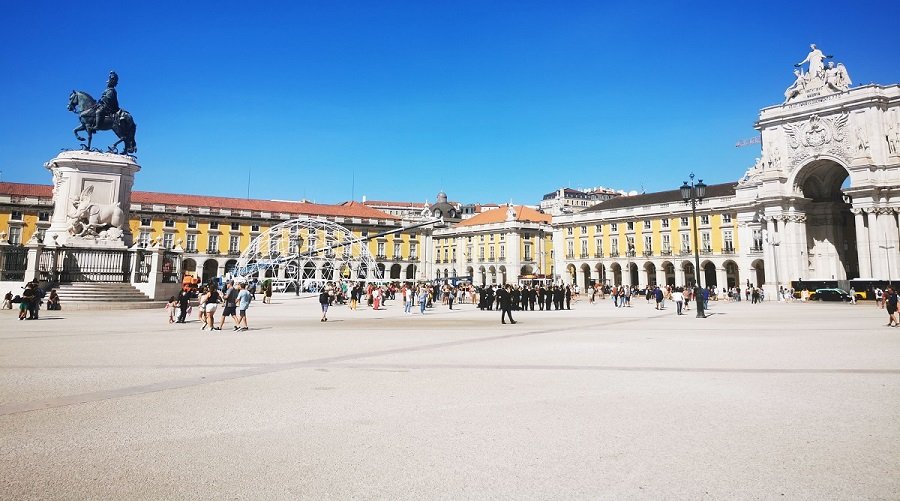


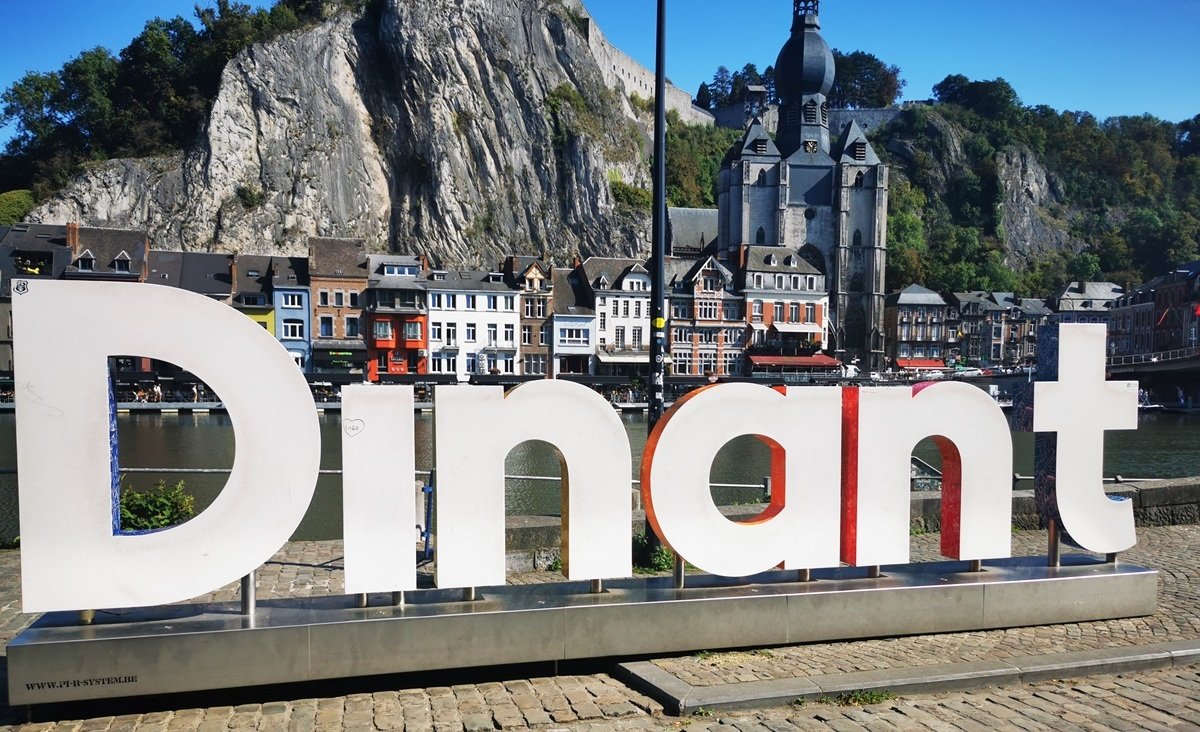
2 thoughts on “Make the Most of Your Time in Lisbon”